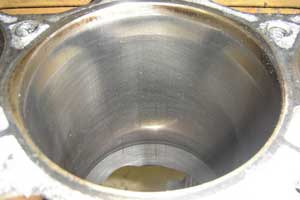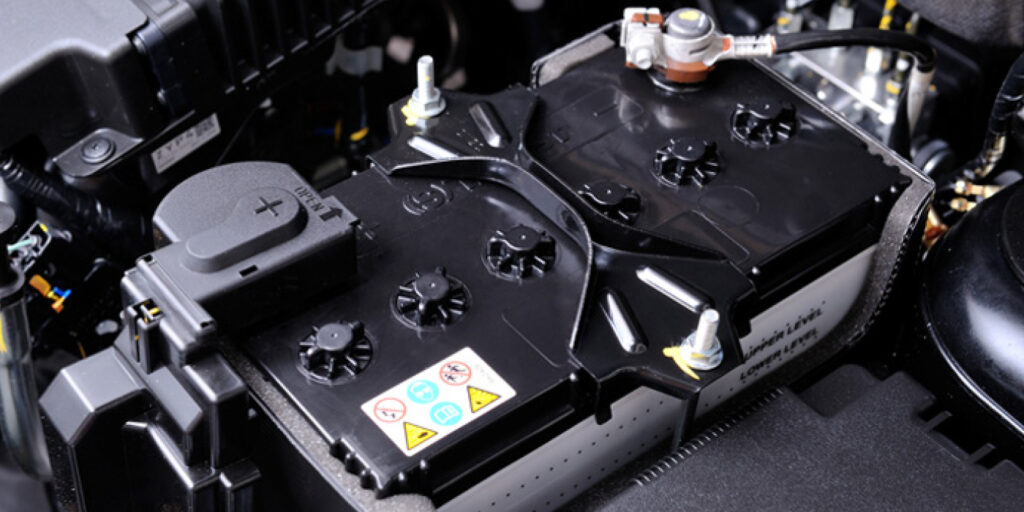 Below are some solutions to the most common honing problems.
Below are some solutions to the most common honing problems.
PROBLEM: Hone is not cutting
• If stones are loading, you need to apply more honing oil to properly flush stones. Manufacturers such as Goodson recommend their a filtered honing oil.
• Make sure that your guide blocks are not too tight. Honing stones should contact the cylinder first. You should put the hone in the cylinder and then expand. The guide blocks should have about .010˝ to .030˝ clearance.
• Try narrowing your stones, this will put more pressure on the abrasive. Use an old file or dressing stone to narrow the face of the hone stone. Along the entire length of the stone, take approximately 1/3 off the leading edge. This produces more effective pressure on the stone without changing the pressure setting of the hone.
PROBLEM: Hone is chattering
• To eliminate chatter, try varying the stroke rate as you hone.
• Try some of the tips listed above for troubleshooting if the "hone is not cutting" usually any of those suggestions will also help overcome chatter.
PROBLEM: Stones and guides are wearing unevenly
• This is most commonly the result of light honing pressure. To remedy this problem, increase pressure and vary stroke rate momentarily.
PROBLEM: Taper in cylinders with limited access
• Taper will develop while honing a cylinder that doesn’t permit equal overstroking at both ends. There is a tendency for the hone to dwell at the open end of the cylinder and remove too much material. Dwelling at the web end is not a solution because it removes too much material from the center and causes a barrel-shaped cylinder.
• Manufacturers offer special honing stones that prevent taper in these cylinders. They have shorter stones that exert more pressure at the bottom and are specially designed for use in short or blind holes.
Source: Goodson Tools.













